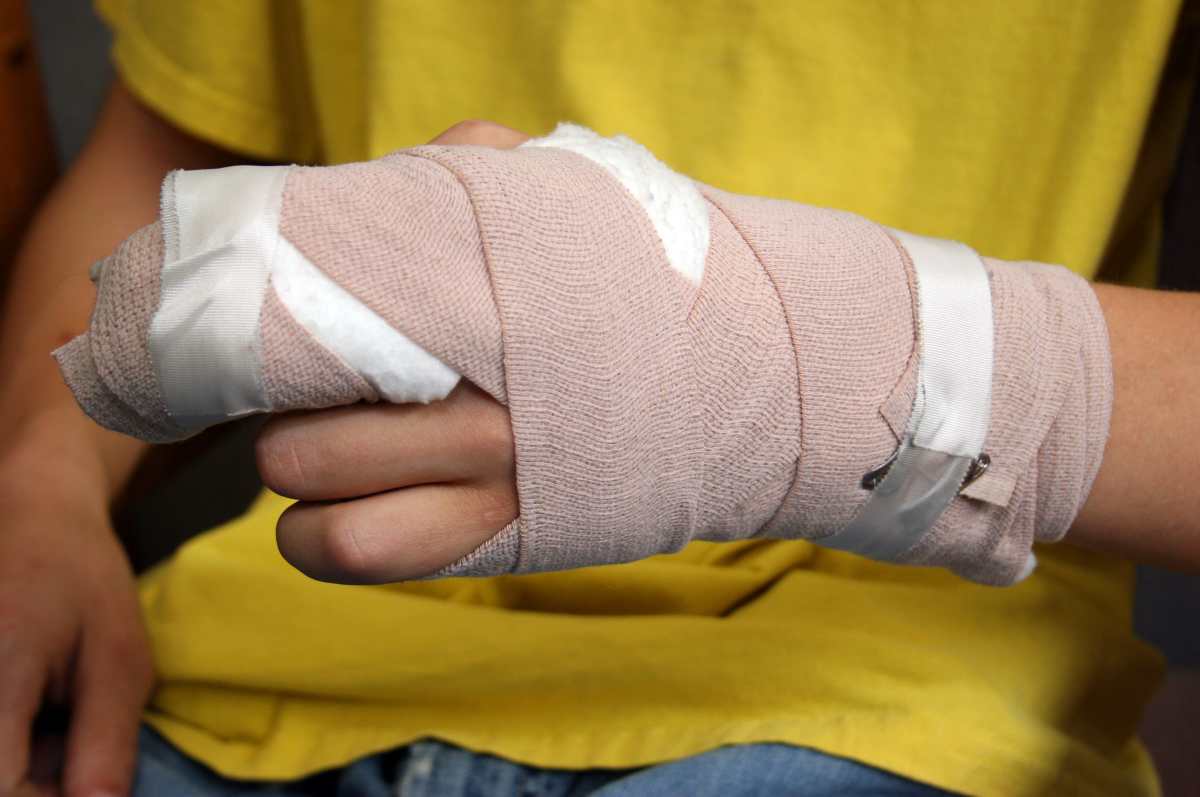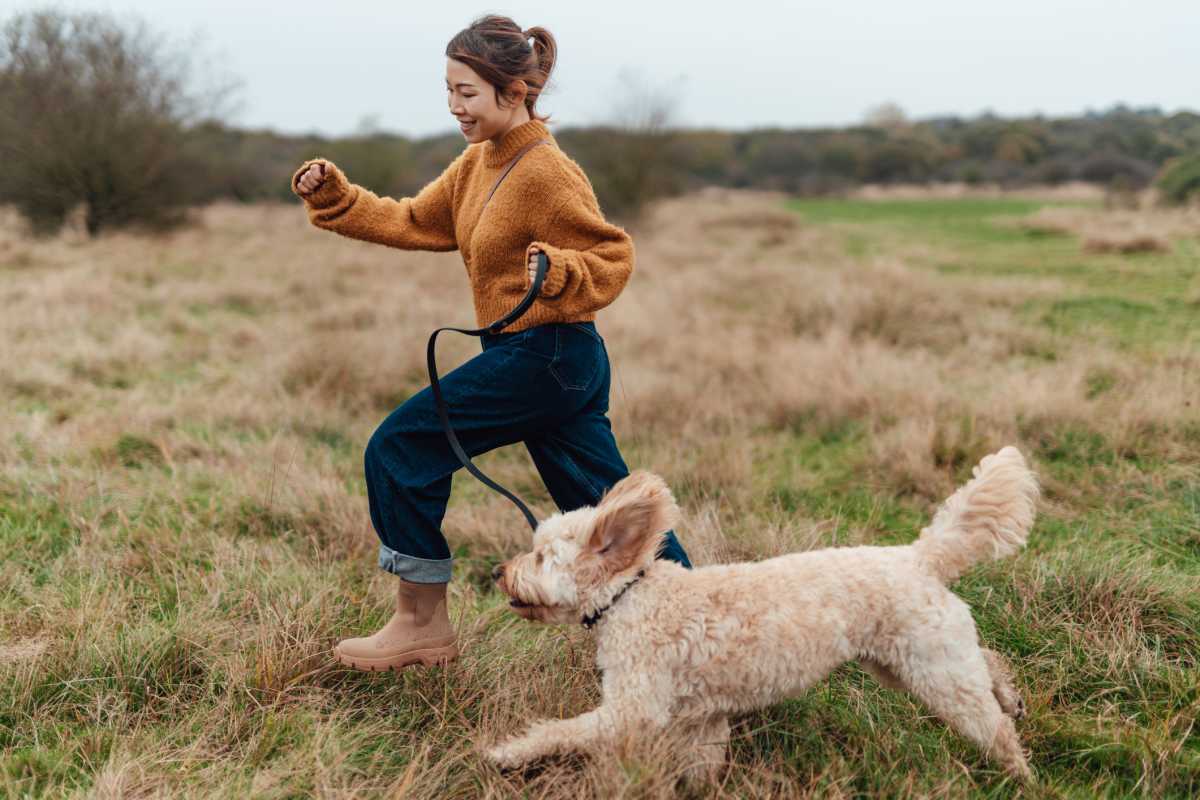New study warns of one playful dog habit that’s sending thousands of owners to the ER

Pets' daily routines that are meant to boost health and well-being often go unnoticed until something goes wrong. Activities that seem simple or harmless can carry risks we rarely consider. A recent study has brought attention to one such everyday habit, revealing its unexpected link to a growing number of injuries and significant healthcare costs. As reported by The Guardian, the findings highlight how something routine and beneficial may have a surprising downside for many dog owners.

The study, published in BMJ Injury Prevention, analyzed injury data and found a significant number of cases linked to dog-walking incidents. Experts from Raigmore Hospital in Inverness and Sengkang General Hospital in Singapore reviewed five US studies that recorded nearly 500,000 dog walking-related injuries. Of these, over 20% were fractures or soft tissue damage to the hand and wrist. Most injuries occurred when dogs suddenly pulled on their leads. Other causes included tripping over the dog or the lead, or getting tangled. The most common injuries were finger and wrist fractures, with an estimated 62,000 cases.

While dog walking wasn’t found to be more dangerous than other routine activities, the research showed some groups were more vulnerable. Women accounted for nearly 75% of the injuries, and just under a third occurred in adults over the age of 65. The consequences can be serious. Many injuries disrupt daily life and take time to heal, with some finger injuries never fully returning to normal. The researchers estimated that in England alone, injuries related to dog walking, particularly broken wrist bones, may cost the NHS over £23 million (more than $30 million) each year. This doesn’t even include lost work time or long-term care needs, which could drive the figure much higher.

Organisations and medical experts are now urging preventive action. “Sudden pulls from the lead or the collar can easily cause walkers to fall and fracture their wrists. However, other injuries are also common in this scenario,” said Ryan Trickett from the British Society for Surgery of the Hand. He added that twisting finger injuries from wrapped leads can be especially damaging and hard to treat. "These injuries can be troublesome to treat, and the finger rarely returns to complete normality.” Mark Bowditch of the British Orthopaedic Association echoed this, saying that while dog ownership has clear benefits, the risk of injuries during daily walks needs to be addressed with better dog training, education, and equipment.

Trickett further shared, "Anecdotally, we have known there are some risks to dog walking for many years, and this review enables a better understanding of the burden of this problem." A spokesperson for the Kennel Club also stressed the need for proper training to prevent pulling and keep both the dog and owner safe. Owners should choose collars, leads, and gear, that are comfortable, well-fitted, and secure to ensure safe walks in busy environments. With the UK home to over 13 million pet dogs, the study highlights the need for awareness and practical steps to reduce preventable injuries linked to a beloved daily routine.